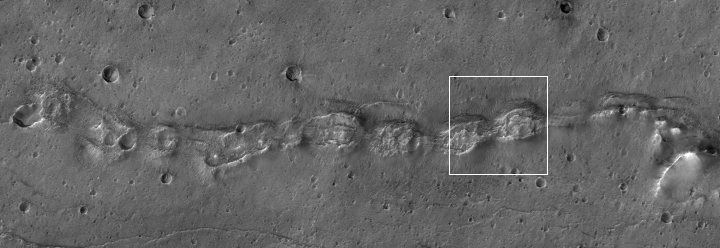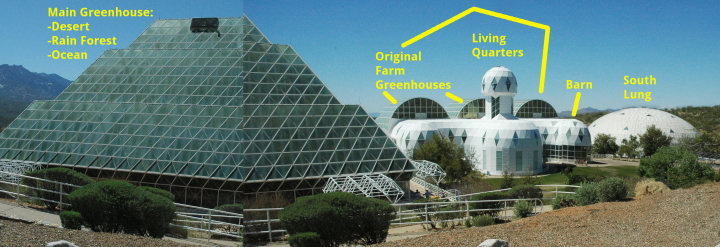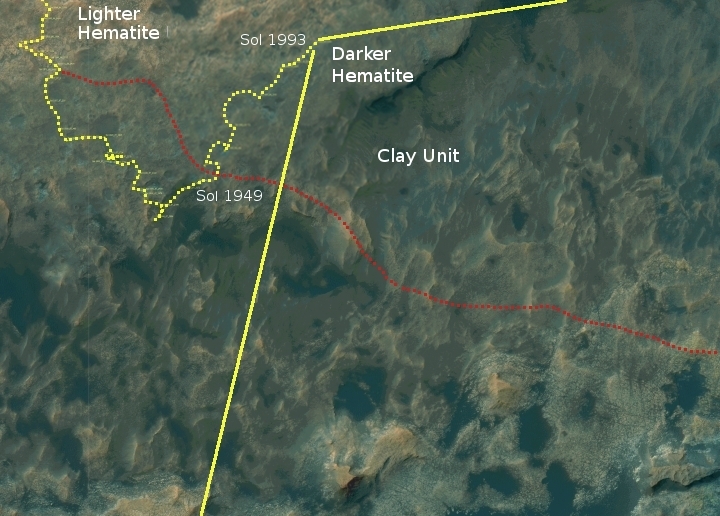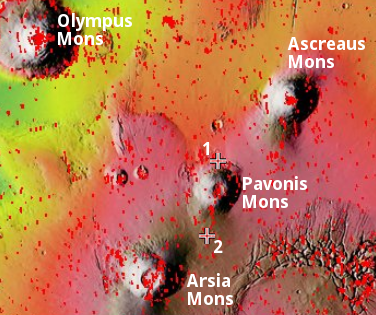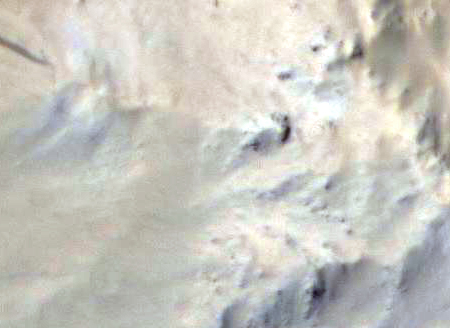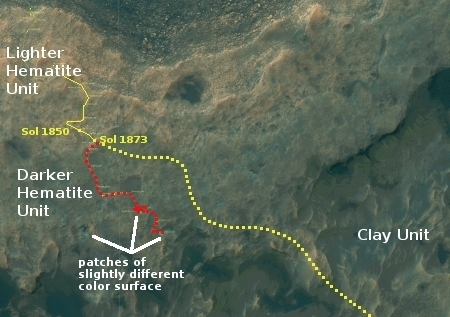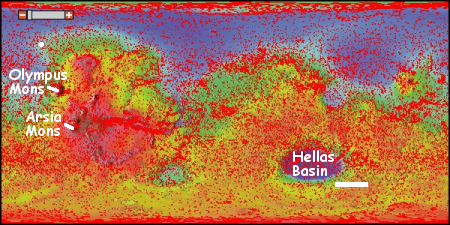More hatred and bigotry from the left
It has become quite depressing to repeatedly document the numerous daily examples of leftist hatred and bigotry that now populate American intellectual and political culture. It must be done, however, so below are a few more recent examples from the past month, categorized appropriately. A quick scan of the stories will illustrate to anyone how bankrupt our modern intellectual and political culture has become. Worse, it appears with time that the levels of emotional hate and bigotry are only growing.
First the bigotry:
- Hating Whitey At Stanford
- Minnesota University hosting prof to lecture on ‘the violence of whiteness’
- USC professor calls for discrimination against white faculty applicants
- ‘Dismantle whiteness’ mural installed at USC
- Kent State asks, ‘Is Christianity the White Man’s Religion?’
- Student op-ed at Texas State University calls black conservative example of ‘tokenism’
- Scripps College hosts, then cancels no-whites-allowed pool party
I could list more, but these are enough. They illustrate the bigoted focus of the left. To them, everything is race or ethnicity. You cannot accomplish anything as an individual if you are a minority, and all your failures can be blamed on the evils of the white race. More important, it is their right to oppress whites, merely because they perceive that some white cultures in the past were oppressive. Under this mentality, we shall soon see the return of segregation (as indicated by at least two stories above) and racial discrimination. And it won’t matter that this time it will be whites who are oppressed instead of blacks. It will still be evil, because it will be based not on the content of each individual’s character but on the color of their skin.
Next the hate:
» Read more

